Carbon Offsetting
How Green Standard Schools are responding to the challenge:
At some point over the next 3-6 months, travel restrictions are likely to be lifted and the number of planes flying eager travellers around the world will start to climb back up towards pre-Covid levels. This is great news for those language schools that rely mainly on students coming from abroad to study with them; it’s not such good news for the planet, as aviation is one of the main sources of the green-house gases that cause global warming. Students may have the option of traveling by train on certain routes (e.g. from London to Paris) but this cleaner option is often considerably more time consuming and costly than flying, and in many cases is downright impossible (think Riyadh to Dublin).
While modern aircraft are much more fuel efficient than older models, the massive (pre-Covid) increase in the number of flights worldwide led to a significant increase in the volume of green-house gases generated by the aviation industry. In 2018, global commercial operations produced over 900 million tonnes of CO₂, which was around 2.4% of all global CO₂ emissions. Aware of the problem (and motivated by the need to cut fuel costs) the aviation industry is already experimenting with cleaner, hybrid engines (some powered by aviation fuel, others by electricity). Hydrogen powered aircraft that emit zero carbon could also enter service as soon as 2035 (see https://cnb.cx/2LojPmB)
In the meantime, environmentally conscious language schools face something of a conundrum. On the one hand they want to attract as many students to their schools as they can comfortably cater for; on the other hand they don’t want to contribute to the disastrous consequences of global warming. But there is a way through this conundrum. The first step is to measure the amount of carbon students generate by flying to study at your school (and flying home again). This sounds complicated, but there are dozens of websites designed to help us make these calculations (see for example www.flightfootprint.net )
Once you have an idea of the volume of carbon your students have generated, you can then investigate ways to offset the carbon by subscribing to one of the many projects that have been set up specifically for this purpose. See for example https://bit.ly/39zzqaT
Of course offsetting projects all cost money and it may be too much of a challenge for hard up language schools to offset all the carbon their students are responsible for. But, as the saying goes, every little helps. And schools may find that their students – who are also increasingly conscious of the threats of global warming – are prepared to contribute, by paying a small additional carbon offsetting fee. It would perhaps be interesting to make such a fee optional on the school's application form, then monitor the proportion of students that agree to it.
Two of the schools that have recently become accredited by Green Standard Schools are showing the way, by participating in different offsetting projects.
First we have Scuola Leonardo da Vinci Milano, a school specialising in teaching Italian, which contributes towards a tree planting project called Treedom. This organisation not only plants trees on behalf of their partners in those areas of the world where they are most needed, they also measure the amount of carbon the tree planting project is offsetting. See https://bit.ly/35Bq4dq
Secondly, English Country Schools, an organisation that specialises in running summer schools for children and teenagers in the south-west of England, supports offsetting projects in Uganda, China and India. These include the provision of energy efficient cooking stoves designed both to reduce fuel consumption (mainly non-renewable biomass) and improve levels of indoor air pollution. See https://bit.ly/3sslLuE In 2019 ECS was credited with offsetting 150 tonnes of carbon by their partners, Carbon Footprint Ltd.
Green Standard Schools would like to applaud its members for this sort of initiative and encourage other language schools to consider the feasibility of following their lead.






















